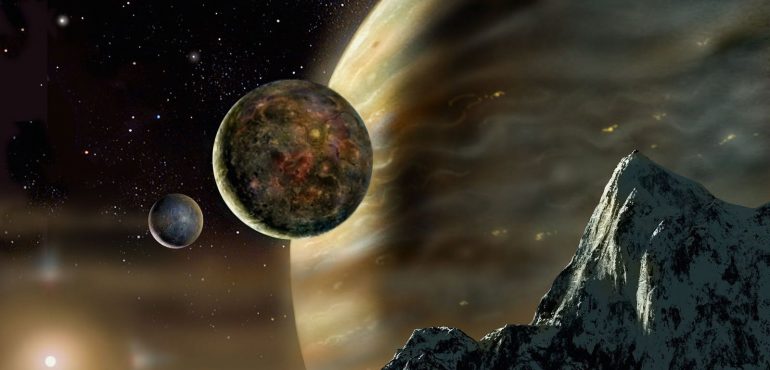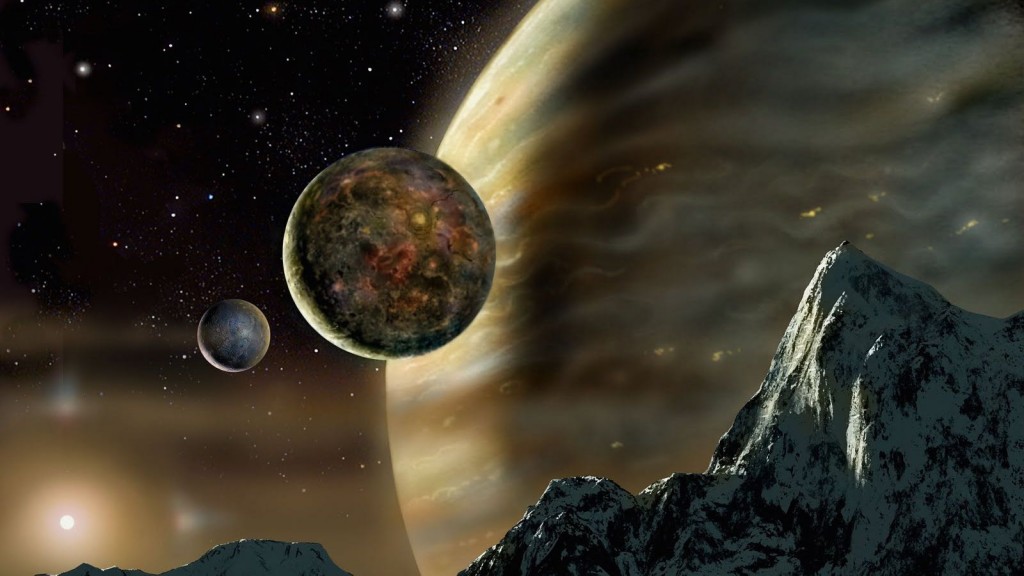Life is thought to have originated spontaneously on Earth about 3.5 billion years ago, but some scientists are think life may have come to Earth from elsewhere in the universe. But if finding the origins of life on Earth has been difficult, searching for them in the sky seems nearly impossible.
For supporters of the panspermia hypothesis, which says that life could have started on one planet and jumped to another, a new model proposed by Henry Lin and Abraham Loeb, both of Harvard University, is an exciting prospect not because it proves the theory, but because it makes it testable.
Scientists look for evidence of panspermia by looking for biosignatures, or evidence of past or present life, on space objects, however space objects are so numerous in the universe that checking all of them is absurd. So Lin and Loeb suggest that if panspermia were to occur, it would appear in clusters of solar systems. For example, if Earth sat at the edge of one of these clusters, half of what’s viewed in the sky from the planet could be inhabited and the other half would be uninhabited.
According to Lin and Loeb, if 25 exoplanets on one side of the sky showed signs of biological activity, and 25 on the other side showed no biological activity, this would be a smoking gun for panspermia. However, if the Earth is in the center of a panspermiac cluster, then it would be surrounded by biosignatures. If that was the case, panspermia would be harder to confirm.
Joshua Sokol, reporting for New Scientist, explains further:
Future probes like NASA’S James Webb Space Telescope will scrutinise the atmospheres of planets in other solar systems for possible signs of biological activity. If life spreads between planets, inhabited worlds should clump in space like colonies of bacteria on a Petri dish. Otherwise, Lin says, its signature would be seen on just a few, randomly scattered planets.
Studies show that regions of large stellar density are be more likely to have higher transfer rates of rocky material, and therefore a higher chance for spreading life. In regions of small stellar density, panspermia would be less likely to occur and therefore would have tiny amount of or even zero biosignatures. Nevertheless, with an even higher stellar density, the chances an area is inhospitable for life also rise because of an increased number of stellar encounters.
Some question if panspermia has occurred already, resulting in life on Earth, or if humans will be the first to generate it through colonization of other planets. As our technological prowess increases, spacecraft could eventually transport us humans successfully through space. But it’s also possible that primitive life could evolve to survive the harsh environment of space, piggyback on debris from, say, a meteor collision with Earth, and colonize a new world. The question is: who will get there first?
Source: PBS, Full Article



